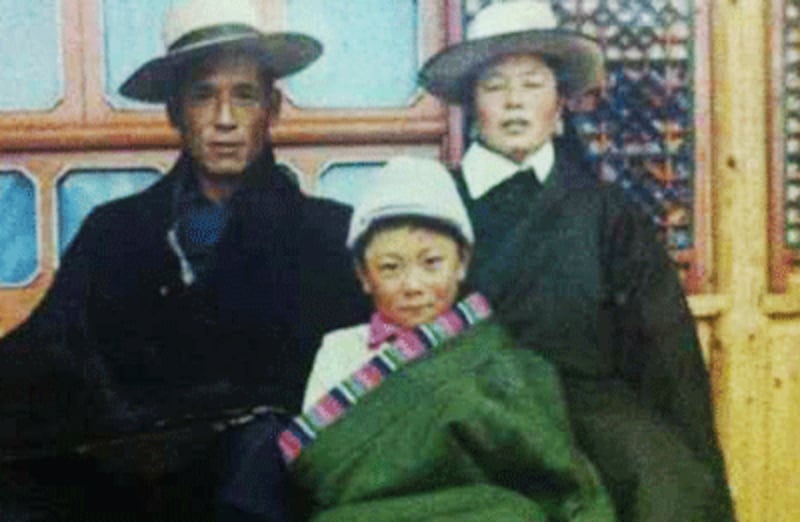A Tibetan man burned himself to death on Monday at a monastery renowned for its resistance to Chinese rule in Gansu province, in the sixth self-immolation protest in less than a month, according to sources.
Dhondup, in his late 50s, set himself on fire while other Tibetans were offering prayers at the Labrang monastery in Sangchu (in Chinese, Xiahe) county in the Kanlho (Gannan) Tibetan Autonomous Prefecture, the sources said, citing local residents.
It was the 57th self-immolation protest questioning Chinese rule in Tibetan-populated areas since the wave of burnings began in February 2009.
“When the self-immolation took place, the Tibetans were circumambulating the monastery. They attempted to take him to hospital but the fire was so intense that they could not save him," one source told RFA's Tibetan service.
"They handed over his body to the responsible management members of the monastery so that the police may not take it away."
Eyewitness
London-based advocacy group Free Tibet said in a statement that according to an eyewitness, police arrived shortly after his burning and tried to remove the body, but were prevented from doing so by the monastery manager and other monks.
Labrang Monastery, home to the largest number of monks outside of the Tibet Autonomous Region, is renowned for its resistance to Chinese rule, but this is the first self-immolation to occur there, Free Tibet said.
In 2008, monks at the monastery staged a protest while journalists were there on a visit organized by Chinese authorities just after riots in the Tibetan capital of Lhasa. The violence had resulted in a brutal crackdown by the Chinese security forces.
There have been heavy security restrictions in the area in recent months which are reported to have impacted on local people and monks, Free Tibet said.
“Tibetan protests are escalating. China must recognize that Tibetan demands for freedom cannot be stamped out by brute force and must enter into meaningful dialogue with Tibetan representatives, supported by the international community,” Free Tibet Director Stephanie Brigden said.
The Labrang incident is the sixth burning protest since late September when exile Tibetan groups made a plea to Tibetans to stop the self-immolation protests, saying they should not resort to such “drastic actions.”
Similar expressions of concern from exile figures and from the Dalai Lama himself over the burnings have gone largely unheeded in the past.
Charged

Monday's incident came two days after a Tibetan father of two set himself ablaze and charged at Chinese security forces who tried to stop him outside the Bora monastery in the same county.
Lhamo Kyap succumbed to his burns after shouting slogans against Chinese rule and calling for the return to Tibet of exiled Tibetan spiritual leader the Dalai Lama.
“The tragic self-immolations by Tibetans would stop only if the Chinese government address their genuine and long-standing grievances, and find a lasting solution to the problem of Tibet through dialogue,” said Kalon Dicki Chhoyang, spokesperson for the Central Tibetan Administration, the Tibetan government in exile based in India's hill town Dharamsala.
“We again strongly reiterate our long-standing appeal to the international community to press the Chinese government to end the deepening crisis in Tibet,” she said.
Chinese authorities have labeled the self-immolators as terrorists, outcasts, criminals, and mentally ill people and have blamed the Dalai Lama for encouraging the burnings.
Reported by RFA's Tibetan service. Translated by Karma Dorjee. Written in English by Parameswaran Ponnudurai.
